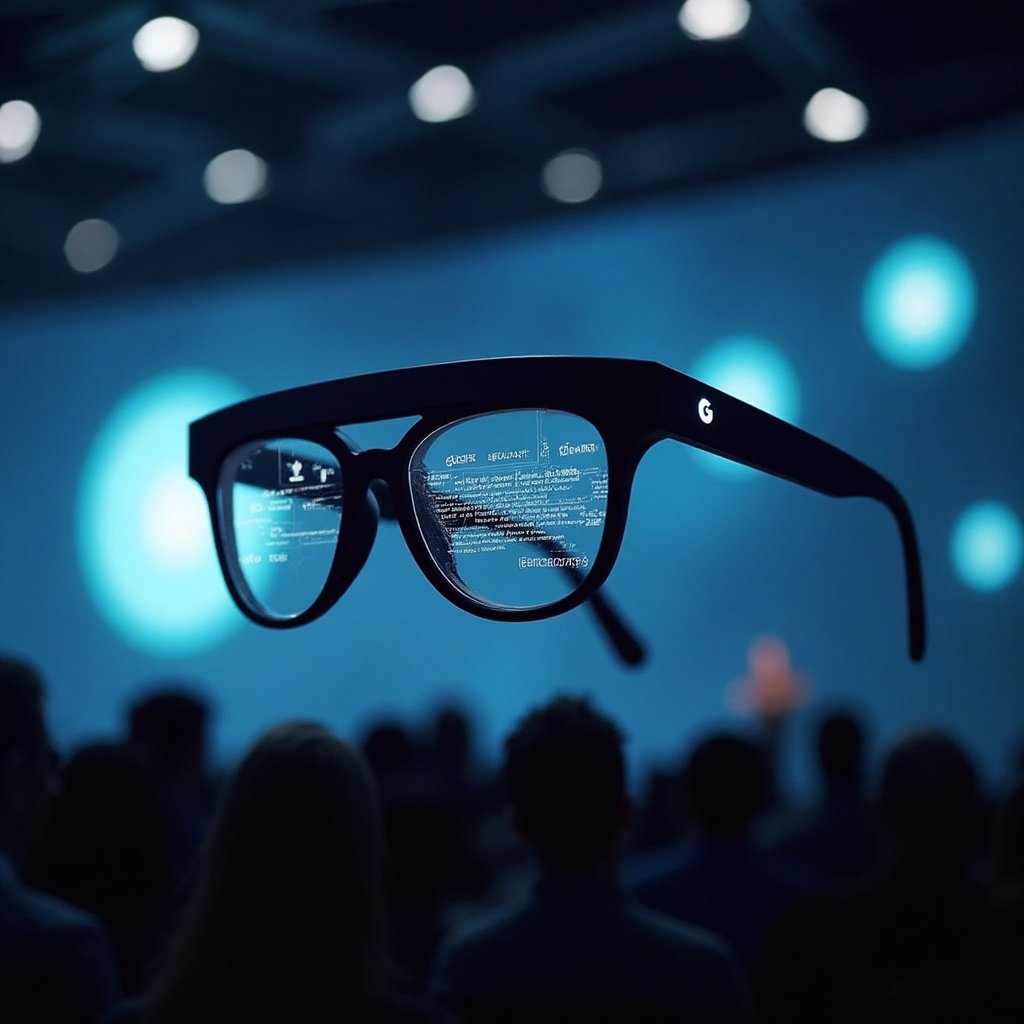Google just dropped a bombshell at their I/O event: the Android XR glasses. If you’re thinking, “Oh no, not another Google Glass disaster,” hold that thought. This time, Google might have actually nailed it. These glasses aren’t just a tech gimmick—they’re a glimpse into the future of how we’ll interact with the world. From AI-powered features to sleek designs, these glasses could change everything. But are they worth the hype? Let’s dive in and find out.
What Are Google’s Android XR Glasses?
Google has been tinkering with smart glasses for over a decade, and the Android XR glasses are the culmination of that effort. Unlike the clunky, sci-fi-looking Google Glass from 2012, these glasses are designed to look like regular eyewear. They’re lightweight, stylish, and packed with cutting-edge tech. Think cameras, microphones, speakers, and—here’s the kicker—an in-lens display that shows information right in your field of vision. No more awkwardly glancing at your phone every two seconds.
There are three versions: a basic model with no display, a mid-tier version with a display in one lens (monocular), and a premium version with displays in both lenses (binocular). And yes, they support prescription lenses, so you don’t have to choose between seeing clearly and looking cool.
Why These Glasses Are a Game-Changer
What sets these glasses apart is their integration with Google’s Gemini AI. Imagine having a personal assistant like Jarvis from Iron Man—except it’s on your face. The AI sees what you see, hears what you hear, and helps you navigate the world in real-time. During the I/O demo, Google employee Nisha showcased some jaw-dropping features. For instance, the glasses can remember what you’ve seen. In one demo, someone glanced at a bookshelf, turned away, and asked Gemini, “What was the title of the book on the shelf behind me?” The glasses instantly replied, “Atomic Habits by James Clear.” Mind. Blown.
But it doesn’t stop there. The glasses can translate text and spoken conversations in real-time. During the demo, Nisha and a colleague spoke in Hindi and Farsi, and the glasses displayed English subtitles. It’s like having subtitles for real life. And if you’re the type who’s always losing things (guilty as charged), the glasses can help you find your misplaced items. Lost your hotel key card? No problem—the glasses remember where you last saw it.
How Do They Work?
These glasses aren’t standalone devices—they connect to your Android phone, which handles most of the processing. This keeps the glasses lightweight and extends battery life. Google claims they’ll last all day on a single charge, though we’ll have to see how that holds up in real-world use. The design is sleek, with thicker arms and rims than regular glasses but far less conspicuous than previous attempts. Google has also partnered with eyewear brands like Gentle Monster and Warby Parker to create stylish versions. Because let’s face it—if these things don’t look good, no one’s going to wear them.
The Tech Behind the Magic
The real star of the show is Gemini AI. This isn’s just a voice assistant—it’s a contextual AI that understands what you’re looking at and the environment around you. It can recognize objects, read text, understand multiple languages, and even remember things you saw minutes ago. This goes way beyond the capabilities of other smart glasses on the market, like the Meta Ray-Ban glasses, which are great but lack this level of AI integration.
Are These Glasses Worth It?
Let’s address the elephant in the room: price. Google hasn’t announced pricing yet, but you can bet the binocular version will cost a pretty penny. There are also privacy concerns. Sure, there’s an LED light that indicates when the camera is active, but will that be enough to reassure people? And what about battery life? “All day” is vague—does that mean eight hours of active use or just standby time?
Despite these questions, I’m optimistic. These glasses solve real problems: getting directions, translating languages, finding lost items. They’re not just flashy tech—they’re practical tools that make life easier. And with advancements in AI, processors, and display technology, smart glasses might finally be ready for prime time.
The Bigger Picture
This isn’s just about having a screen close to your eyes. It’s about redefining how we interact with technology and the world around us. Imagine a future where your glasses help you navigate a foreign city, remember important details, or even assist with daily tasks. It’s a vision of freedom, control, and success—a world where technology works for you, not the other way around.
Final Thoughts
Google’s Android XR glasses are a bold step into the future. They’re not perfect, but they’re a sign of what’s to come. Whether you’re a tech enthusiast or a skeptic, these glasses are worth keeping an eye on. So, what do you think? Are you ready to embrace the future of wearable tech, or are you still on the fence? Let’s start a conversation in the comments below. And if you’re as excited about the future as I am, join the Shining City on the Web—the iNthacity community. Like, share, and let’s shape the future together.
Wait! There's more...check out our gripping short story that continues the journey: The Air Above the Hyperloop Platform
Disclaimer: This article may contain affiliate links. If you click on these links and make a purchase, we may receive a commission at no additional cost to you. Our recommendations and reviews are always independent and objective, aiming to provide you with the best information and resources.
Get Exclusive Stories, Photos, Art & Offers - Subscribe Today!


























Post Comment
You must be logged in to post a comment.